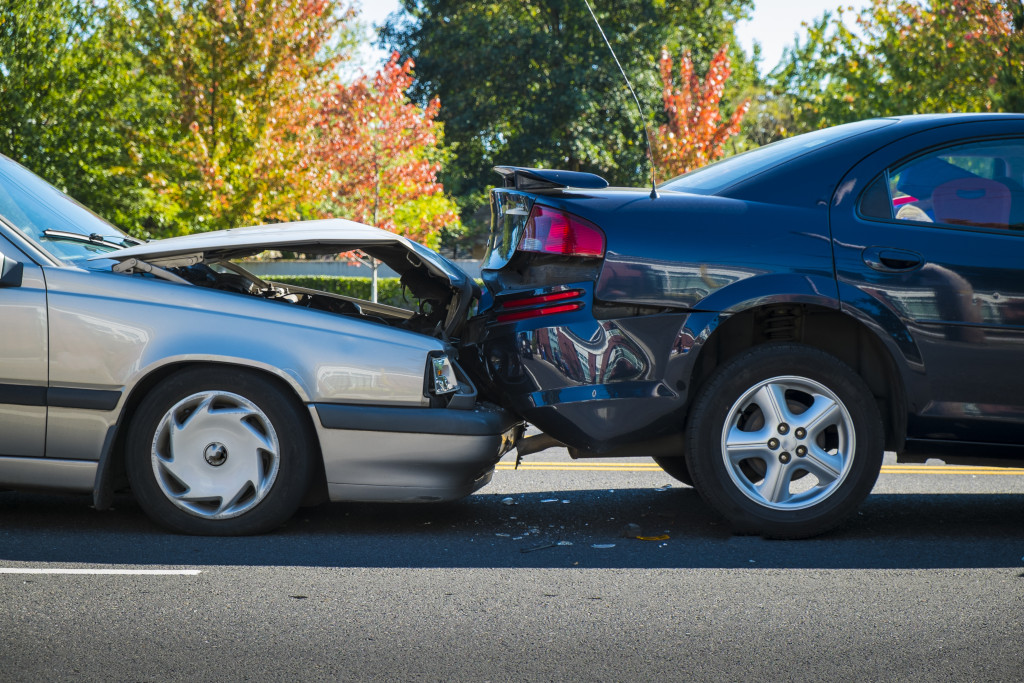Nobody wants to get into a car accident. But unfortunately, they happen even when you’re careful. If you’re involved in a minor fender bender, count your blessings and move on. But if you’re involved in a more serious accident, there are some things you need to do to ensure your safety and the safety of those around you, as well as protect your interests. Here’s what you need to do after a car accident.
1. Check for Injuries
The first thing you need to do after a car accident is to check for injuries. Check your body first. Make sure to touch and look thoroughly, as the adrenaline might be keeping you from feeling your injuries. This includes checking on the occupants of your vehicle as well. Look at them and make sure they are okay. Then, look around outside the vehicle for any other pedestrians who may have been involved in the accident. If you hit someone else in another car, make sure to check if they are injured or conscious. If anyone appears to be seriously injured or has lost consciousness, call 911 immediately and wait for emergency medical personnel to arrive on the scene.
2. Move to a Safe Location
Once you’ve ascertained that everyone involved in the accident is okay, the next step is to move your vehicle to a safe location, if possible. If your vehicle is blocking traffic or is otherwise in an unsafe location, turn on your hazard lights and attempt to move it to the side of the road. If another car is involved in the accident, you may assist them if they need help moving.
3. Call the Police
After you’ve moved to a safe location and checked for injuries, the next step is to call the police. Even if the accident appears to be minor, it’s always best to err on the side of caution and have law enforcement officials come out and file an official report. The police will assess the damage and talk to witnesses, which will be helpful should either party decide to file an insurance claim or take legal action. While police reports are not required to make claims, they certainly do help in getting your claim approved. In addition, the police may also help you get towing services if you are unable to drive your vehicle afterward.
4. Exchange Insurance Information

Once the police have arrived on the scene, exchange insurance information with the other driver(s) involved in the accident. Even if you don’t plan on filing an insurance claim, it’s still important to have this information on hand just in case someone decides to take legal action at a later date.
5. Take Pictures and Notes
Use a notebook or your smartphone to jot down everything you remember about the accident while it’s still fresh in your mind, as well as take pictures. These notes can include things like what time and where the accident occurred, what direction each vehicle was traveling when the accident happened, whether there were any witnesses, and other details. Take pictures of both vehicles involved in the accident as well as any visible damage. These pictures can be helpful should you decide to file an insurance claim or take legal action against the other driver(s). It’s also a good idea to take pictures of any visible injuries sustained in the accident (bruises, cuts, etc.). These pictures and notes can serve as evidence should you decide to pursue compensation for your injuries through an insurance claim or lawsuit.
7. Choose a Shop to Repair Your Vehicle
After an accident, it’s important to choose a reputable repair shop to have your vehicle repaired. You don’t want to take your car to just any old place — you need a shop that you can trust to do the job right, and won’t charge you an arm and a leg. The best way to find a good repair shop is by asking around. Talk to your family and friends and see if they have any recommendations. If you can’t get any recommendations from family or friends, do some research online by checking review websites like Yelp or Google Reviews. You can also ask around on forums and on Reddit. Once you’ve narrowed down your list of potential shops, contact them to see if they can service your vehicle adequately. Some shops may not have parts for your car, so they may not be able to replace your windshield or fix up your engine. Then, get estimates from each viable shop. This will give you a good idea of how much each shop charges for repairs. Provide a copy of your insurer’s estimate, and ask the shop to provide their estimate so that you can have your insurer approve it. It’s also a good idea to ask the shops about their warranty policies — most reputable shops offer at least a 1-year warranty on their workmanship.
Conclusion
Accidents happen, but there’s always a way to make them less stressful and chaotic experiences. By following these simple steps, you can help ensure that everyone involved in the accident is safe and protected… Just in case anything worse happens down the road.

